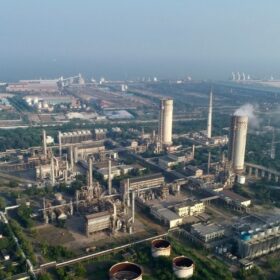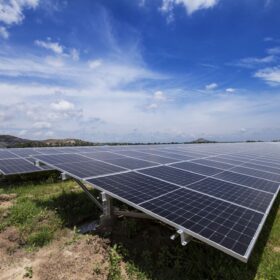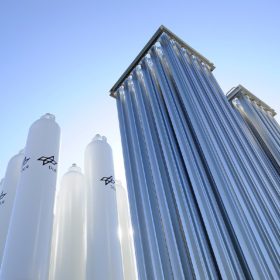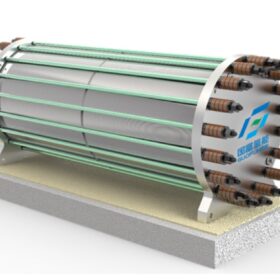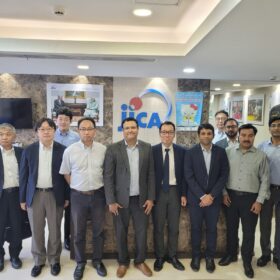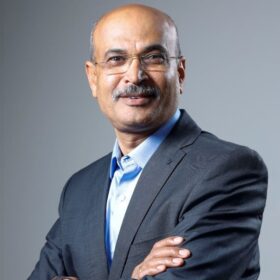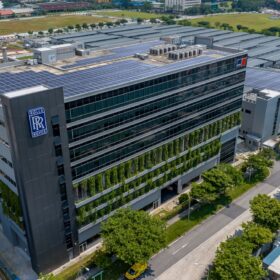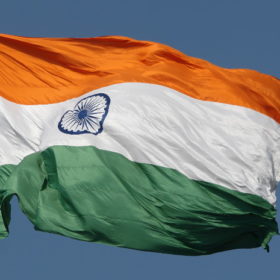AM Green brings million-ton green ammonia project to FID
AM Green Ammonia has reached final investment decision (FID) on its first million-ton green ammonia project in Andhra Pradesh. Majority of production from the plant will be exported to Europe.
Sembcorp lays foundation stone for green ammonia plant in Tamil Nadu
Singapore-headquartered Sembcorp has started construction work for its green ammonia plant that will initially produce 200,000 metric tonnes per annum of green ammonia for export to Japan.
The Hydrogen Stream: SECI invites proposals to develop green hydrogen hub infrastructure
Solar Energy Corp. of India (SECI) has invited proposals to develop the core infrastructure required for setting up of green hydrogen hubs under the National Green Hydrogen Mission. Bidding closes on Oct.7.
The Hydrogen Stream: Advait signs alkaline electrolyzer deal with China’s Guofu Hydrogen
Advait Infratech has signed a technology licensing agreement to gain access to Guofu Hydrogen Energy’s technology for alkaline electrolyzer production.
The Hydrogen Stream: Hygenco signs MoU with Mitsubishi Power for green hydrogen-fired GTCC power plants
Hygenco Green Energies and Mitsubishi Power have joined hands for delivering green hydrogen-/ammonia-fired gas turbine combined cycle (GTCC) power plants. Hygeno will develop and deploy green hydrogen and green ammonia production assets to supply green fuel for Mitsubishi Power’s GTCC technology to the potential customers.
Thermax exploring green hydrogen production through biomass, electrolysis routes
Thermax, which partnered with Australia’s Fortescue Future Industries (FFI) last year, is looking at different ways of green hydrogen generation for commercial and industrial customers in India.
Advait Infratech sets up hydrogen tech subsidiary in India
Advait Infratech’s wholly owned subsidiary, A&G Hydrogen Technologies, will engage in the manufacturing and assembling, integral supplies, and trading of equipment to meet the requirements of green ammonia, green hydrogen and green methanol projects.
The role of hydrogen electrolysers in sustainable energy
Hydrogen electrolysers are emerging as key players in grid balancing and energy storage strategies worldwide. By converting excess renewable electricity into hydrogen during periods of low demand, electrolysers offer a scalable solution to store energy for later use.
The Hydrogen Stream: Rolls-Royce, TCS collaborate on hydrogen research programme
Tata Consultancy Services (TCS) has expanded its partnership with Rolls-Royce to research hydrogen fuel system technology for enabling use of hydrogen in aviation.
The Hydrogen Stream: Maire’s Tecnimont, Nextchem awarded engineering design study for a green ammonia plant in India
Tecnimont will carry out an engineering design study for a 200,000 metric ton-per-year green ammonia plant. Nextchem will provide its digital tool, ArcHy, to optimize renewable power usage, resulting in capex and opex efficiency of the plant lifecycle and minimizing the cost of ammonia.
